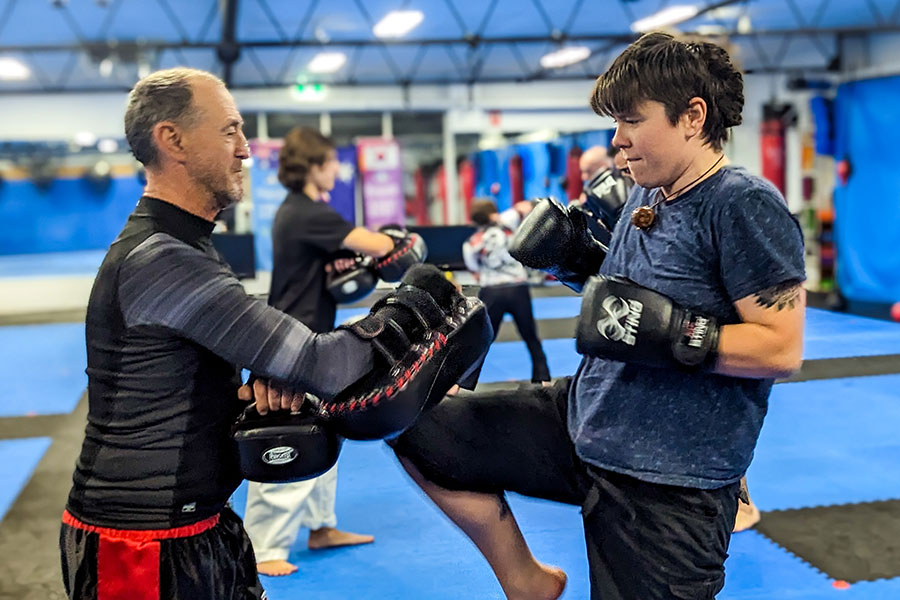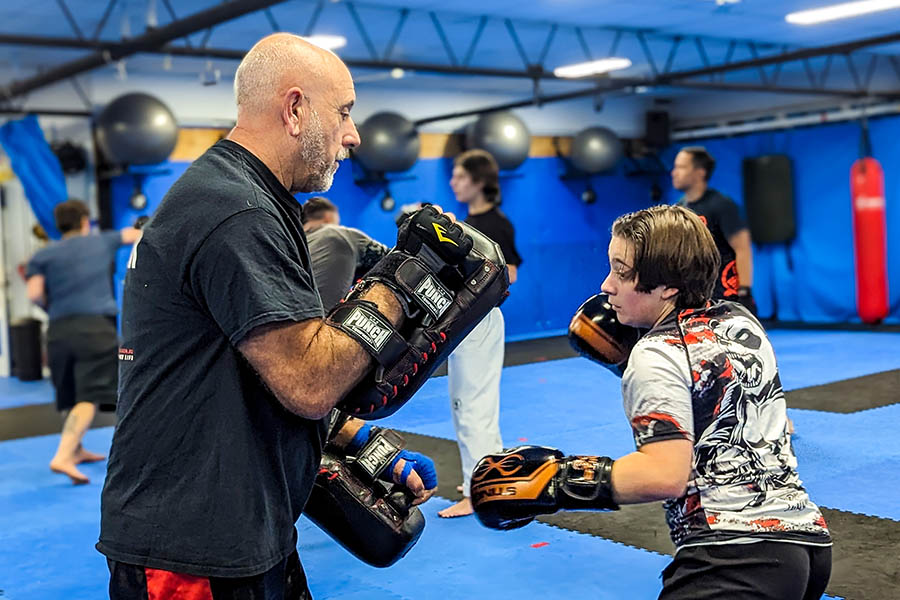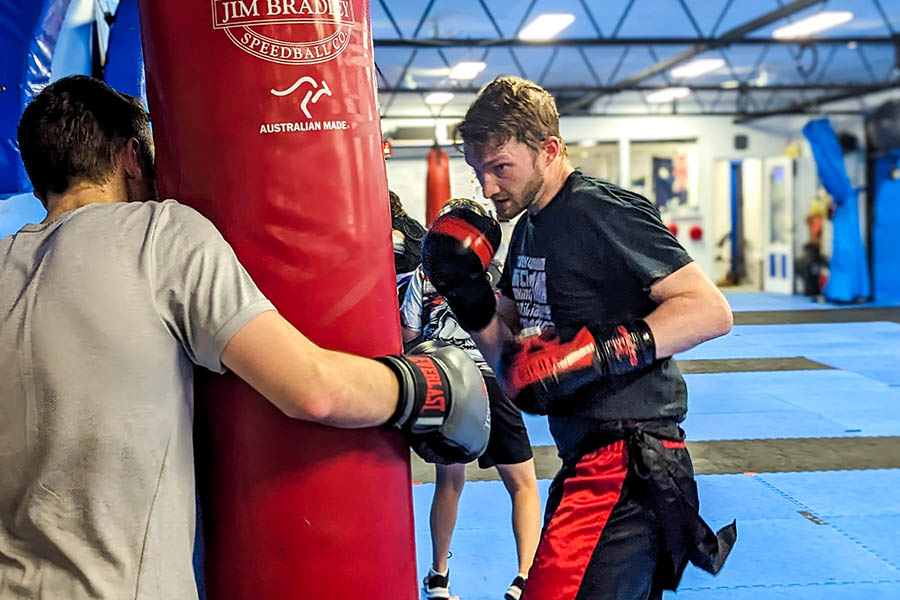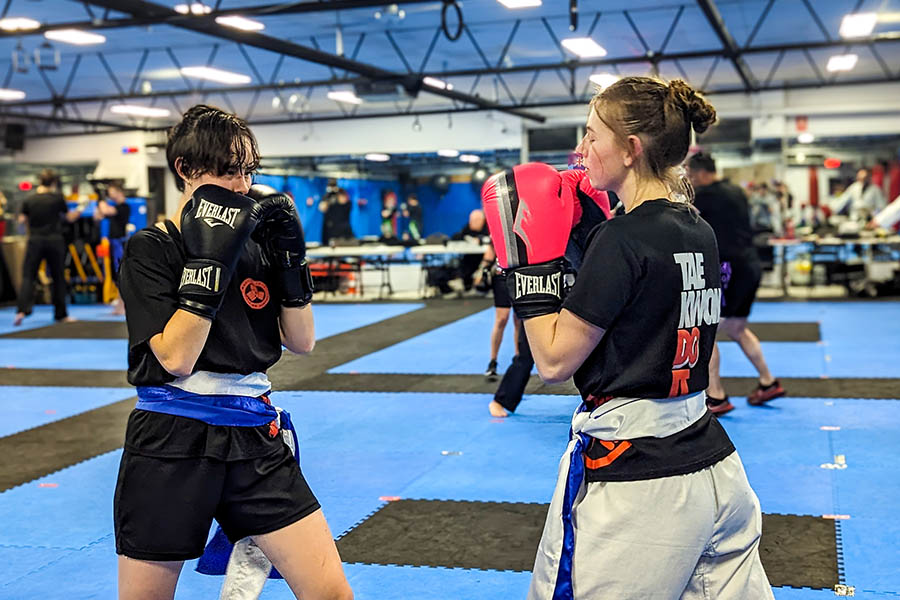Boxing & Kickboxing
What is Boxing?
Boxing has ancient origins dating back to civilizations like ancient Egypt and Greece. It gained popularity during the Roman Empire, but declined in Europe during the Renaissance.
However, boxing experienced a revival in 18th-century England, evolving from bare-knuckle contests to a regulated sport with the Marquess of Queensberry Rules. It then spread globally, particularly in the United States, with iconic fighters elevating its popularity.
Today, boxing is a highly regulated and structured sport, captivating audiences with its technical skill and strategic competition, making it one of the most celebrated combat sports worldwide.
What is Kickboxing?
Kickboxing originated in Japan in the 1960s as a hybrid combat sport that combined elements of karate and Muay Thai, a martial art from Thailand.
The sport was developed to create a more dynamic and engaging fighting style that incorporated both punches and kicks. Osamu Noguchi, a karate master, played a significant role in popularizing and formalizing kickboxing as a competitive sport. Kickboxing gained international recognition in the 1970s and 1980s through televised matches and international tournaments.
Over time, different variations of kickboxing emerged, such as American Kickboxing and Dutch Kickboxing, each with its own rule sets and stylistic differences. Today, kickboxing is practiced and enjoyed worldwide, both as a competitive sport and a fitness activity, offering a thrilling combination of striking techniques from various martial arts disciplines.
Boxing/Kickboxing Curriculum
Beginners start with foundational skills, such as proper stance, footwork, basic punches (jab, cross, hook, uppercut), and kicks (front kick, roundhouse kick). They learn defensive techniques like blocking and slipping, as well as basic combinations.
I hated every minute of training, but I said “Don’t quit. Suffer now and live the rest of your life as a champion.”
– Muhammad “The Greatest” Ali, world boxing champion
Benefits of Boxing/Kickboxing
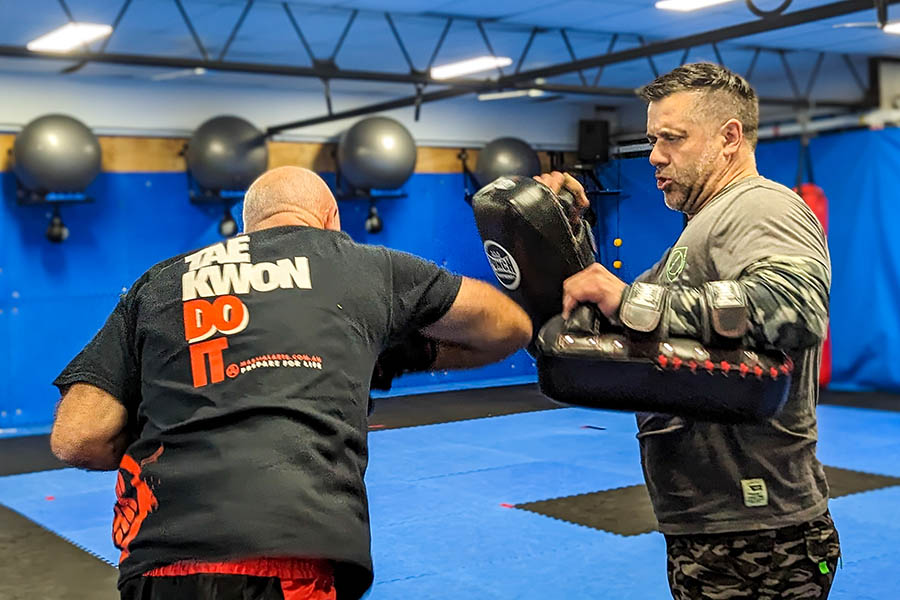



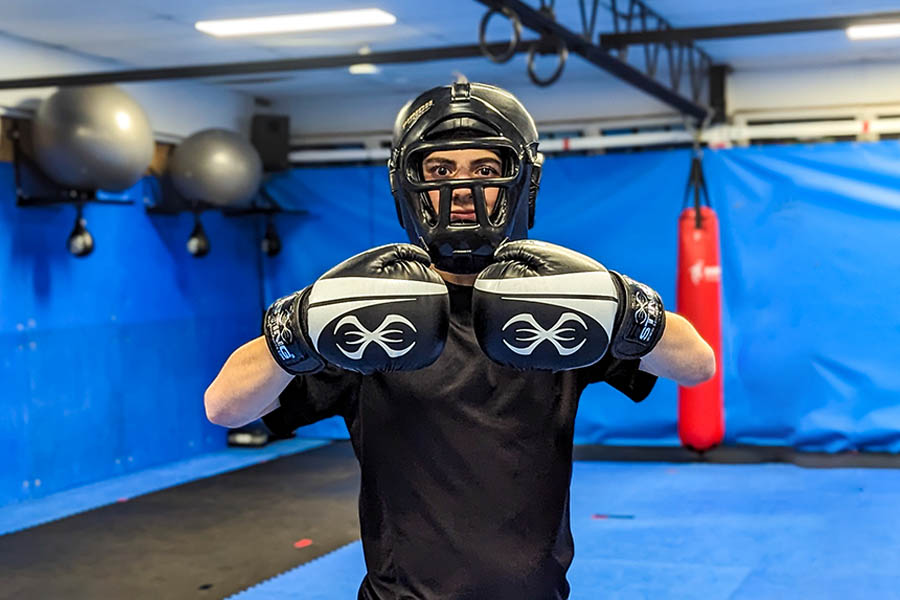
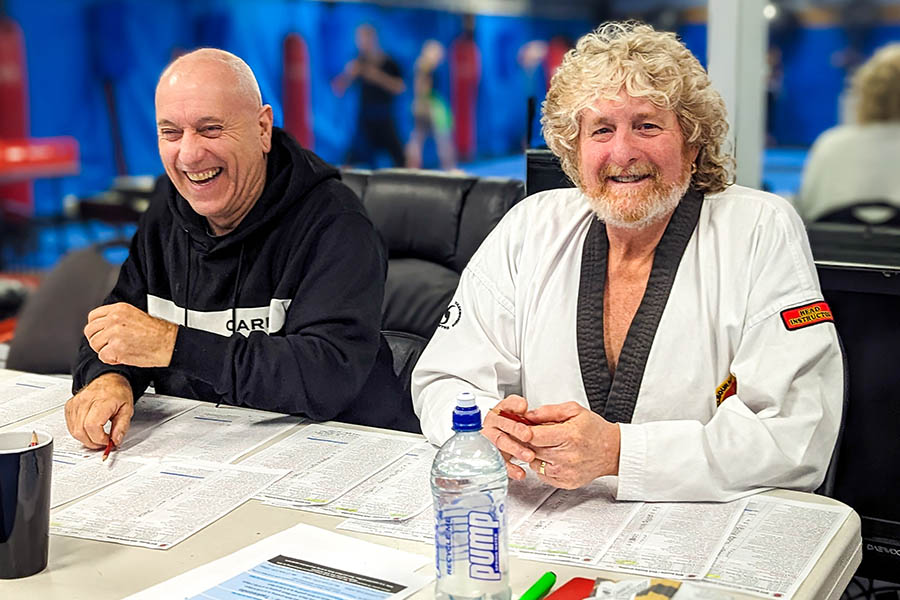
Frequently Asked Questions
Just A water bottle. We will create the smile and sweat. After a short period of time if you join the program you’ll need hand wraps, boxing gloves, comfortable athletic wear, and shoes with good traction. Initially we supply the boxing gloves, and all the equipment you need. Just sanitize and return them before you leave.
No, most boxing classes cater to beginners through to advanced level students alike. For beginners, we will teach you the basic techniques. For the advanced, we will add to your skills and strengths and help develop any holes or weaknesses in your game.
Boxing and all martial arts are safe as long as you follow the proper technique, respect each other wear proper gear, and train with a qualified and experienced instructor.
Yes, however it only occurs over time and is dependent on a development of skills and maturity. There are different developmental levels that each individual must go through and demonstrate before even light contact is reached and always with PPE (Personal Protective Equipment). Sparring is part of martial arts and we have full contact classes available to those who wish to train in these combatives at a higher level.
This will depend on your fitness goals, but we recommend attending at least two to three classes a week.
You can expect to get a full-body workout that involves cardio, strength training, and agility drills. You will sweat smile and learn something 😀
It’s always best and recommended that you consult your doctor before starting any new fitness program, especially if you have an injury. Pain is your bodies way of saying stop. That being said, there are many ways we can still train around different injuries or hurdles that can help and support your recovery program.
Generally from 10 years and up.
We have multiple competitive membership options depending on how many classes/styles you wish to attend. The more classes you attend the cheaper it is. Contact us to enquire or book a free 2 week trial today.



